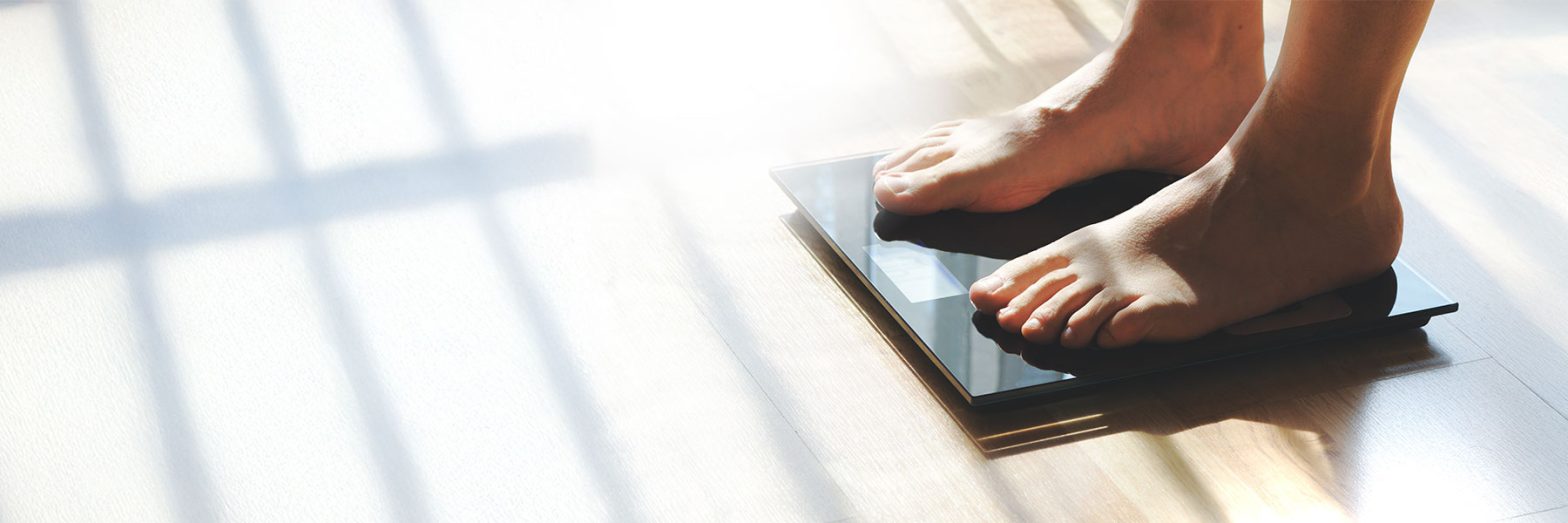
Augmenting the Buttocks
LIPOSUCTION
Aesthetics Magazine
Bigger, smaller, tighter, tauter – aesthetic practitioners are continually challenged with an increasingly wide range of requests for augmenting the buttocks, and improving the appearance of the surrounding area. Body contouring procedures that target stubborn-to-shift areas on the abdomen, flanks, buttocks and thighs are in increasing demand, as well as remedies for what patients often regard as ‘unsightly’ cellulite. In recent years, enquiries into treatment options have soared and, at the end of 2014, the American Society for Aesthetic Plastic Surgeons (ASAPS) recorded an 86% increase in buttock augmentation treatments performed in the US since 2013. The president of ASAPS, Dr Michael Edwards, suggests that the technological advancements and improvements in efficacy of non-surgical fat reduction devices are encouraging people to undergo treatment. “The rise in its popularity is indicative of the public’s desire for non-surgical alternatives in lieu of their invasive counterparts,” he says, adding, “It’s not surprising that more people are opting to freeze or melt away stubborn body fat in the comfort of their surgeon’s office, as opposed to undergoing surgery.”
In the UK, it’s no different. Both aesthetic practitioners and plastic surgeons have reported a rise in patient requests for treatments in this area and, while reducing the size of the buttocks has been popular for some time, some doctors have noted an increase in enquiries for buttock enhancements. In June last year, private healthcare search engine WhatClinic.com reported a 115% rise in enquiries for the ‘Brazilian butt lift’ since the previous year, and cites the infamous Kim Kardashian ‘belfie’ (bottom selfie) photograph as a prompt for the 136% increase in enquiries that happened within a month of the photograph being shared on social media. The website also noted that within the same month, buttock implant procedures rose by 53%.
One such method increasing in popularity is VASER (Vibration Amplification of Sound Energy at Resonance) Liposuction. The Private Clinic of Harley Street claims that its staff members perform more than 1,000 procedures a year, with The Private Clinic practitioner and trainer Dr Dennis Wolf explaining that he treats an average of nine to 12 patients each week with VASER. And while flanks are the most common area he treats, thighs amount to approximately 30-40% of the VASER procedures Dr Wolf performs per week. He says, “By treating the areas surrounding the buttocks, you’ll make it stand out more. It’ll have a little more definition thanks to VASER treatment.”
To administer VASER Liposuction, the practitioner inserts a small probe into the area requiring treatment, which is then used to transmit sound energy and liquefy fat cells prior to their removal through a suction process. Dr Wolf claims that only one treatment is needed, and it will improve the overall shape and contours of the body.
He also advocates that patients should undergo Manual Lymphatic Drainage (MLD) following a VASER treatment. The specialised massage technique aims to help stimulate the lymphatic system and encourage the flow of lymph fluid. According to Dr Wolf it, “Makes a big difference to patients’ recovery and results.”
In terms of patient demographics, Dr Wolf says that although 60% of his patients are women, male interest in VASER Lipo is definitely increasing. “In recent years, it’s become ok for men to have treatment. They have become more self-conscious of their appearance and are savvy in terms of what procedures are available,” he says.
Managing patient expectations, however, is always of utmost importance. “Make sure they’ve got realistic expectations and understand that you’re not going to make a model out of them,” advises Dr Wolf. “We’re not striving for perfection, we’re striving for improvement.” Dr Wolf says, “Weight management and cutting down on alcohol intake is important – patients need to engrain dietary changes and exercise into their daily routine.”
Of the practitioners interviewed, none reported seeing any major complications following treatment. All did emphasise, however, that while the treatments on offer are aimed at enhancing aesthetic appearance, they should not be undertaken lightly as ‘quick-fix beauty treatments’. “With any minimally-invasive procedure, there are of course the regular risks of infection, bleeding and bruising,” says Dr Wolf, adding, “It’s important to remember with these types of treatments that there can be irregularities, pigmentation changes or a risk of lumpiness. Patients should be made aware that if they don’t want to accept those risks they shouldn’t have treatment.” *







